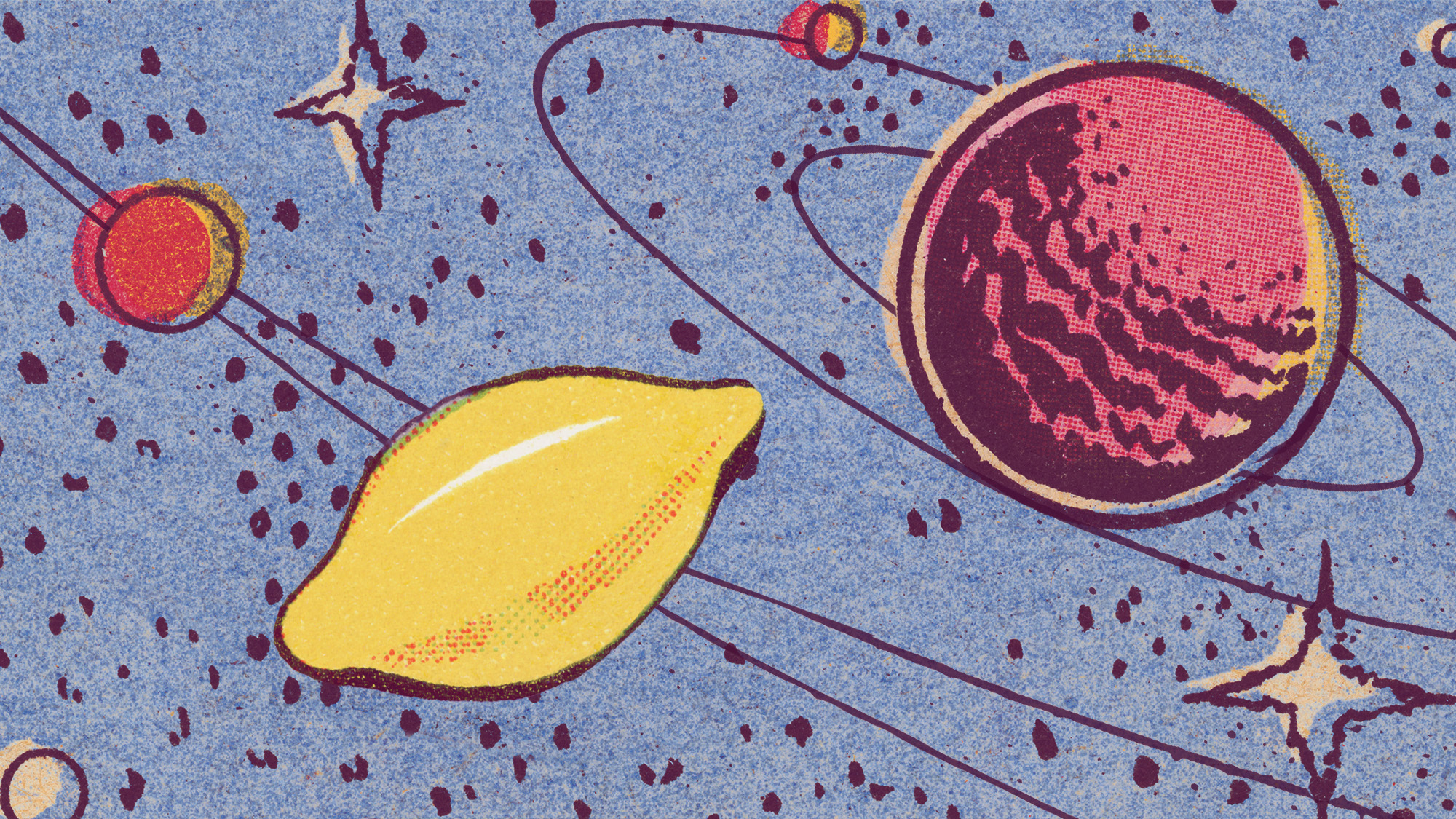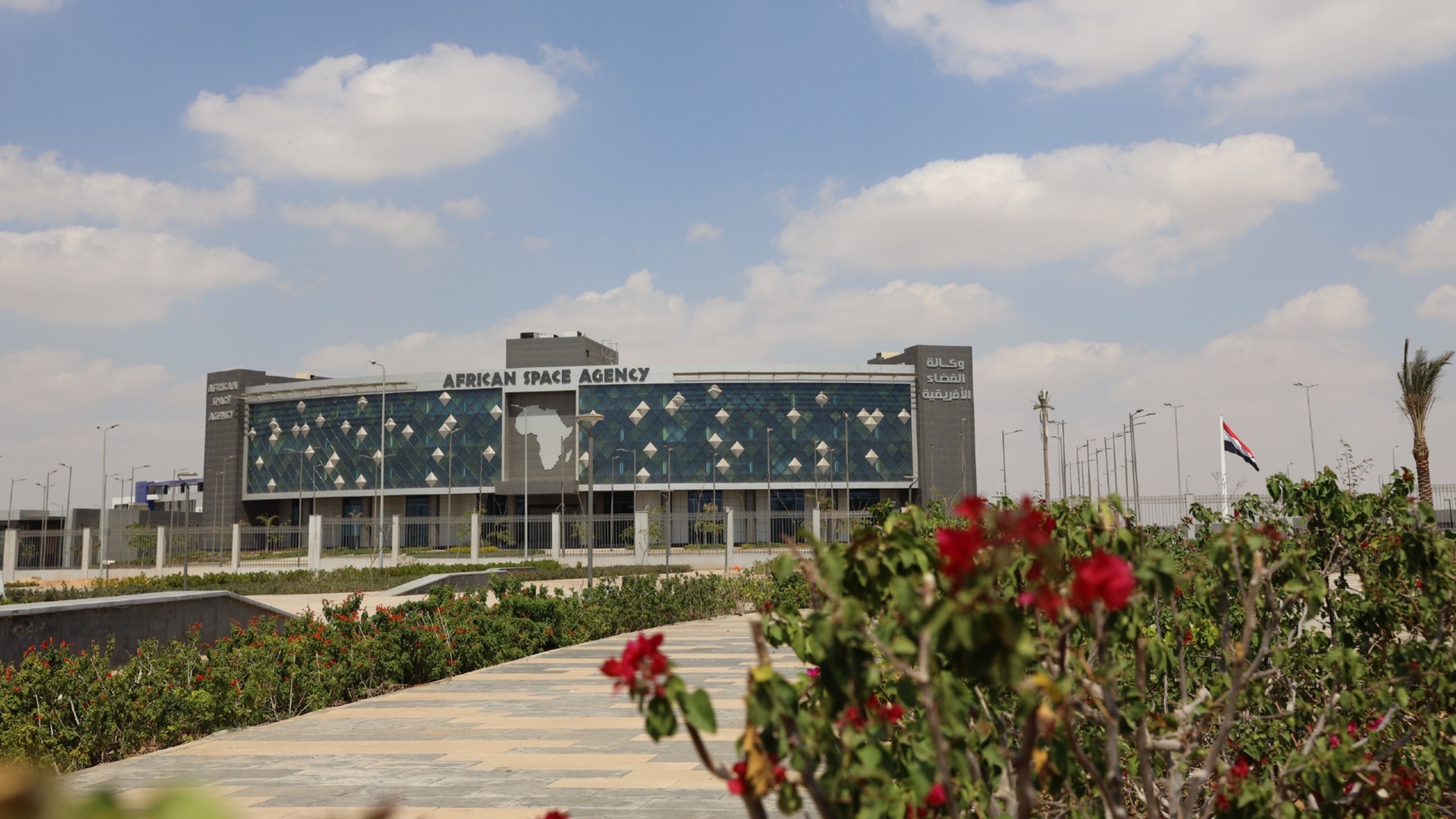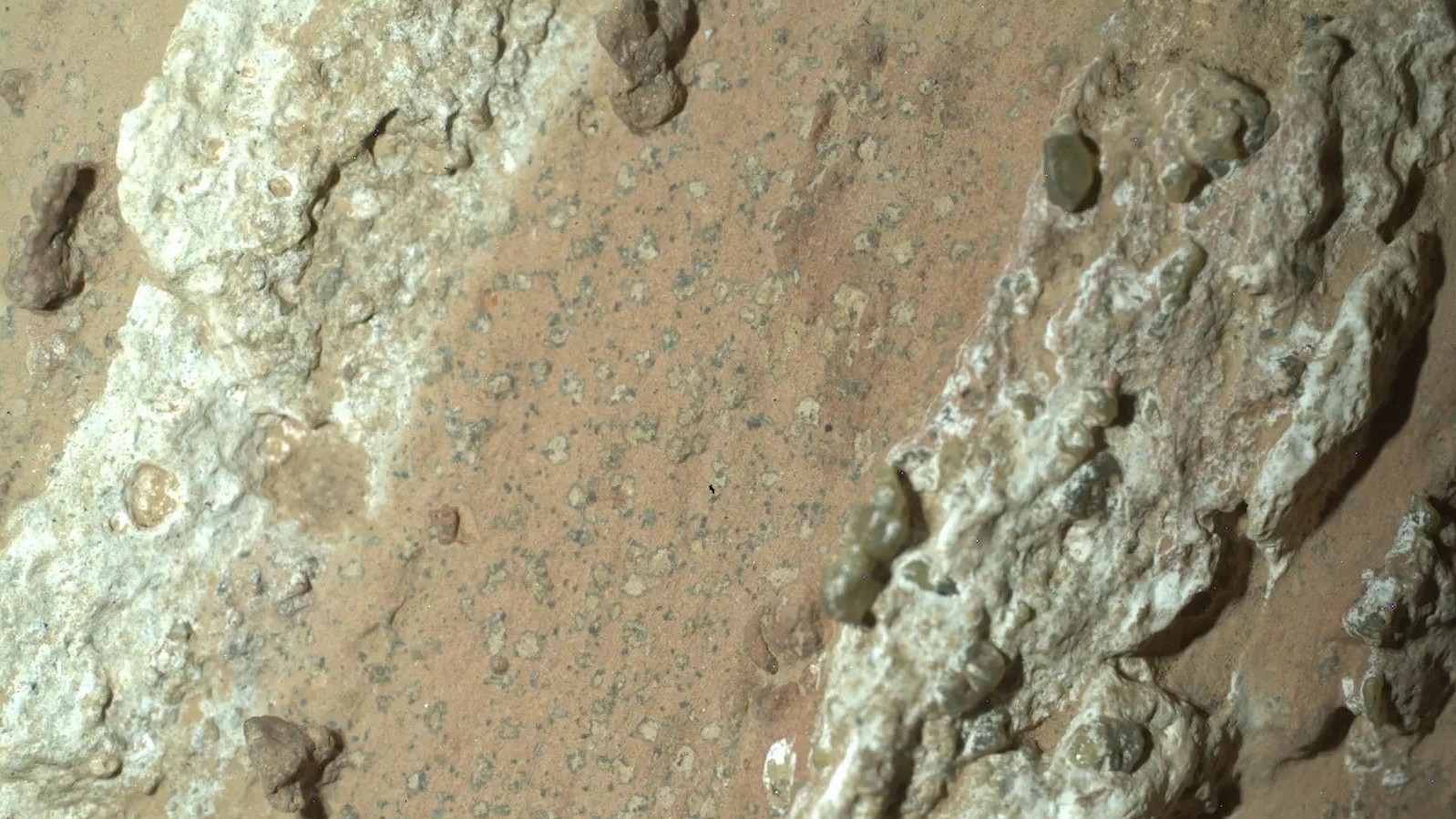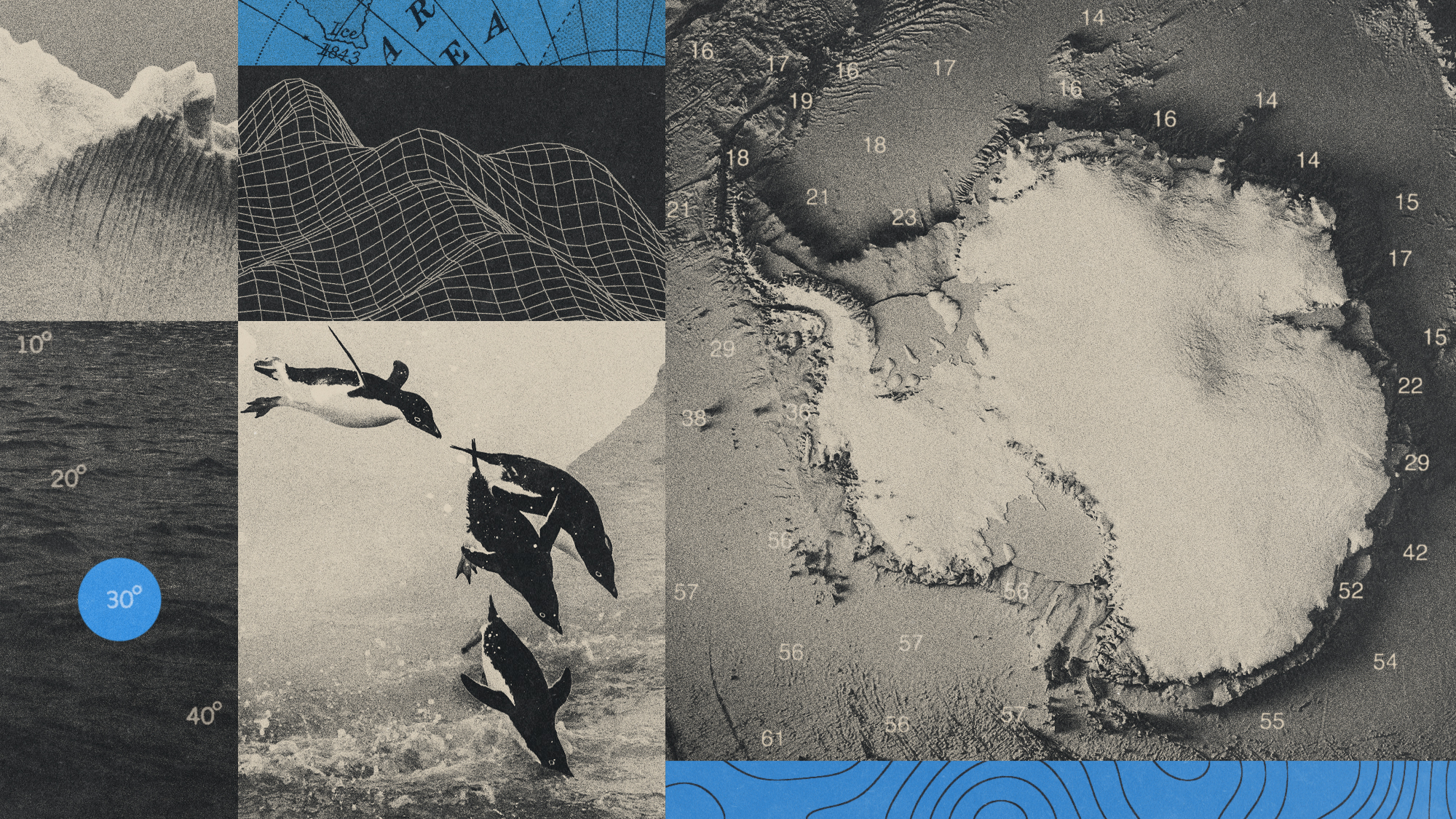The alarming rise of fake science
Fraudulent papers are flooding scientific journals


Scientific fraud is becoming a larger issue. Thousands of fake scientific papers have flooded journals and have subsequently had to be retracted. Much of this is the work of paper mills, which submit fraudulent papers to journals for a fee. Scientific fraud and fake science reduce the legitimacy of peer-reviewed journals and can spread misinformation into the public sphere.
Real journals, fake science
Scientific journals are usually a source of reputable research and information, but recently thousands of fraudulent papers have been published in those journals and have needed to be retracted. "The proportion of papers published in any given year that go on to be retracted — has more than tripled in the past decade," said Nature. "In 2022, it exceeded 0.2%." Wiley, a more than 200-year-old publishing company, has retracted more than 11,300 compromised papers and closed four journals in the past two years. The company also announced that it will be closing 19 others. Several other publishing companies have been required to take similar actions. "Although this large-scale fraud represents a small percentage of submissions to journals, it threatens the legitimacy of the nearly $30 billion academic publishing industry and the credibility of science as a whole," said The Wall Street Journal.
The fake scientific papers are mostly the work of paper mills, "businesses or individuals that, for a price, will list a scientist as an author of a wholly or partially fabricated paper," said the Journal. The mills submit the papers and usually avoid "the most prestigious journals in favor of publications such as one-off special editions that might not undergo as thorough a review and where they have a better chance of getting bogus work published." Many researchers and scientists feel pressured to publish in peer-reviewed scientific journals in order to boost their careers or earn promotions. "Paper-mill products are a problem even if no one reads them because they get aggregated with others into review articles and laundered into the mainstream literature," David Bimler, a research-integrity sleuth who uses the pseudonym Smut Clyde, said to Nature. Paper mills have been found in several countries, including Russia, Iran, Latvia, China and India.
The Week
Escape your echo chamber. Get the facts behind the news, plus analysis from multiple perspectives.

Sign up for The Week's Free Newsletters
From our morning news briefing to a weekly Good News Newsletter, get the best of The Week delivered directly to your inbox.
From our morning news briefing to a weekly Good News Newsletter, get the best of The Week delivered directly to your inbox.
Loss of integrity
Fraudulent scientific papers can have large implications. "The products of paper mills often look like regular articles but are based on templates in which names of genes or diseases are slotted in at random among fictitious tables and figures," said The Guardian. "Worryingly, these articles can then get incorporated into large databases used by those working on drug discovery." One of the most notable examples was the drug ivermectin being deemed a suitable cure for Covid-19 despite the studies largely containing evidence of fraud.
"The situation has become appalling," Oxford University professor Dorothy Bishop said to The Guardian. "The level of publishing of fraudulent papers is creating serious problems for science. In many fields, it is becoming difficult to build up a cumulative approach to a subject because we lack a solid foundation of trustworthy findings." Many blame the journals themselves for not thoroughly vetting the papers published. "Editors are not fulfilling their roles properly, and peer reviewers are not doing their jobs. And some are being paid large sums of money," said Aberdeen University professor Alison Avenell.
Some journals have created more rigorous standards for publication and have also increased surveillance to spot fraudulent papers. The good news is that many fake science papers have telltale signs, like unusual wording to avoid plagiarism and references listed that are irrelevant to the paper's topic. However, the advancement of AI could throw a wrench in the progress. "Generative AI has just handed [paper mills] a winning lottery ticket," Kim Eggleton, head of peer review and research integrity at IOP Publishing, said to the Journal. "They can do it really cheap, at scale, and the detection methods are not where we need them to be. I can only see that challenge increasing."
A free daily email with the biggest news stories of the day – and the best features from TheWeek.com
Devika Rao has worked as a staff writer at The Week since 2022, covering science, the environment, climate and business. She previously worked as a policy associate for a nonprofit organization advocating for environmental action from a business perspective.
-
 Political cartoons for January 8
Political cartoons for January 8Cartoons Thursday’s political cartoons include a well-done steak, a silenced protester, and more
-
 US nabs ‘shadow’ tanker claimed by Russia
US nabs ‘shadow’ tanker claimed by RussiaSpeed Read The ship was one of two vessels seized by the US military
-
 Avatar: Fire and Ash – third instalment feels like ‘a relic of an earlier era’
Avatar: Fire and Ash – third instalment feels like ‘a relic of an earlier era’Talking Point Latest sequel in James Cameron’s passion project is even ‘more humourless’ than the last
-
 The mysterious origin of a lemon-shaped exoplanet
The mysterious origin of a lemon-shaped exoplanetUnder the radar It may be made from a former star
-
 5 recent breakthroughs in biology
5 recent breakthroughs in biologyIn depth From ancient bacteria, to modern cures, to future research
-
 ‘The Big Crunch’: why science is divided over the future of the universe
‘The Big Crunch’: why science is divided over the future of the universeThe Explainer New study upends the prevailing theory about dark matter and says it is weakening
-
 Dinosaurs were thriving before asteroid, study finds
Dinosaurs were thriving before asteroid, study findsSpeed Read The dinosaurs would not have gone extinct if not for the asteroid
-
 The moon is rusting
The moon is rustingUnder the radar The Earth is likely to blame
-
 Africa could become the next frontier for space programs
Africa could become the next frontier for space programsThe Explainer China and the US are both working on space applications for Africa
-
 NASA reveals ‘clearest sign of life’ on Mars yet
NASA reveals ‘clearest sign of life’ on Mars yetSpeed Read The evidence came in the form of a rock sample collected on the planet
-
 Canyons under the Antarctic have deep impacts
Canyons under the Antarctic have deep impactsUnder the radar Submarine canyons could be affecting the climate more than previously thought
